Uganda
Uganda, often referred to as the “Pearl of Africa,” is a captivating safari destination that encompasses a rich tapestry of natural wonders and cultural diversity. Nestled in East Africa, this lush country is renowned for its remarkable biodiversity, including the endangered mountain gorillas that call the Bwindi Impenetrable Forest home.
With its stunning landscapes, from the verdant rainforests of Kibale to the mighty Nile River’s source at Jinja, Uganda is a land of dramatic contrasts. Explore its national parks like Queen Elizabeth and Murchison Falls, where you’ll encounter an array of wildlife, from tree-climbing lions to playful hippos.
Immerse yourself in the warmth of Ugandan hospitality and discover the traditions of its diverse communities, making your journey through Uganda an unforgettable experience.

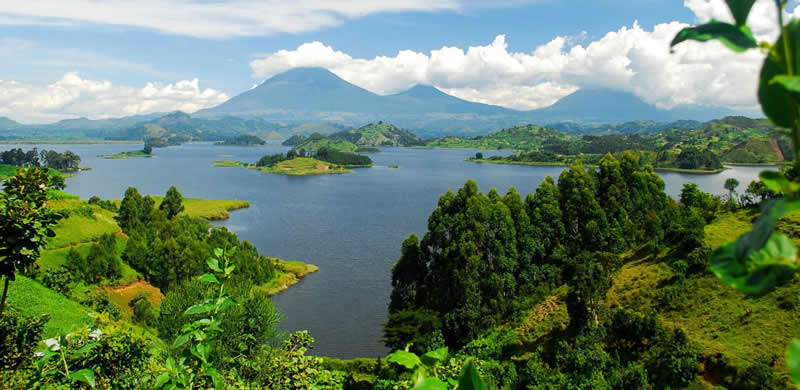
Lake Mburo National Park
Lake Mburo National Park Uganda is a special Uganda safari destination located in the western Uganda in Mbarara, Lake Mburo national park is the smallest savannah national park in Uganda covering an area of 260 square kilometers.
The park is also the closest park to Kampala the capital of Uganda, Lake Mburo national park is the only national park in Uganda containing an entire lake and is famously known for being the only place where you can find the Impala and for hosting large populations of zebras.
Lake Mburo national park consists of varied habitants ranging from acacia woodlands, dry hillsides, rocky outcrops, bushy thickets, open and wooded savannah, seasonal and permanent swamps. The park’s landscape is dominated by rolling hills and 14 lakes with Lake Mburo as the largest lake among the chain of lakes.
Murchison Falls National Park
Murchison Falls is located on the western side of Uganda just north of the midway part of the country. The park covers an area of 1,503 square miles (3,893 sq km) creating the largest national park in Uganda.
The national park is part of the larger Murchison Falls Conservation Area which includes Bugungu Wildlife Reserve and Karuma Wildlife Reserve creating over 2,072 square miles (5,366 sq km) of protected wilderness.
Although the park is renowned for the stunningly powerful Murchison Falls, it is an amazing place to take a safari and witness some of Africa’s incredible wildlife. The falls are on the Victoria or White Nile River. The park is home to the largest population of Nile crocodiles.
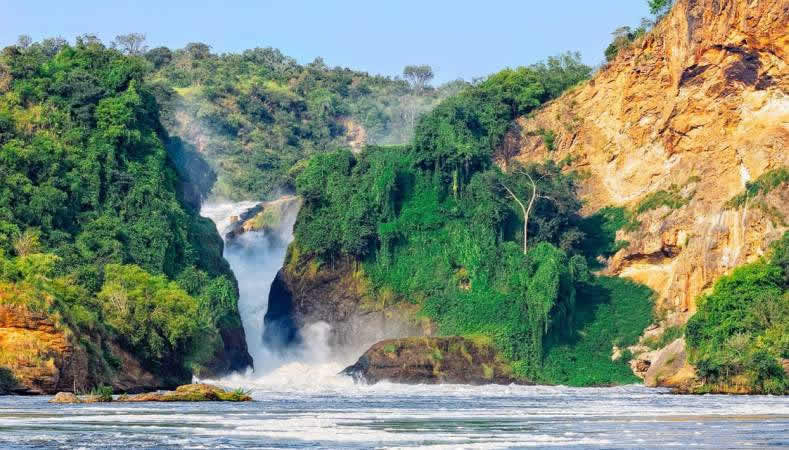
In addition to the large population of crocodiles, there are around 75 species of mammals. Some of the larger and more popular wildlife species include lion, leopard, giraffe, elephant, waterbuck, hartebeest, buffalo, hippopotamus, and chimpanzee. There are about 800 chimpanzees living across the national park boundaries.
Murchison Falls National Park is also a haven for bird watchers with over 450 species of birds that nest or migrate through the park. The Goliath Heron is a nice treat to see since it is the largest heron in the world. Many of the species are waterfowl, however, there are many other species such as the red-throated bee-eater.
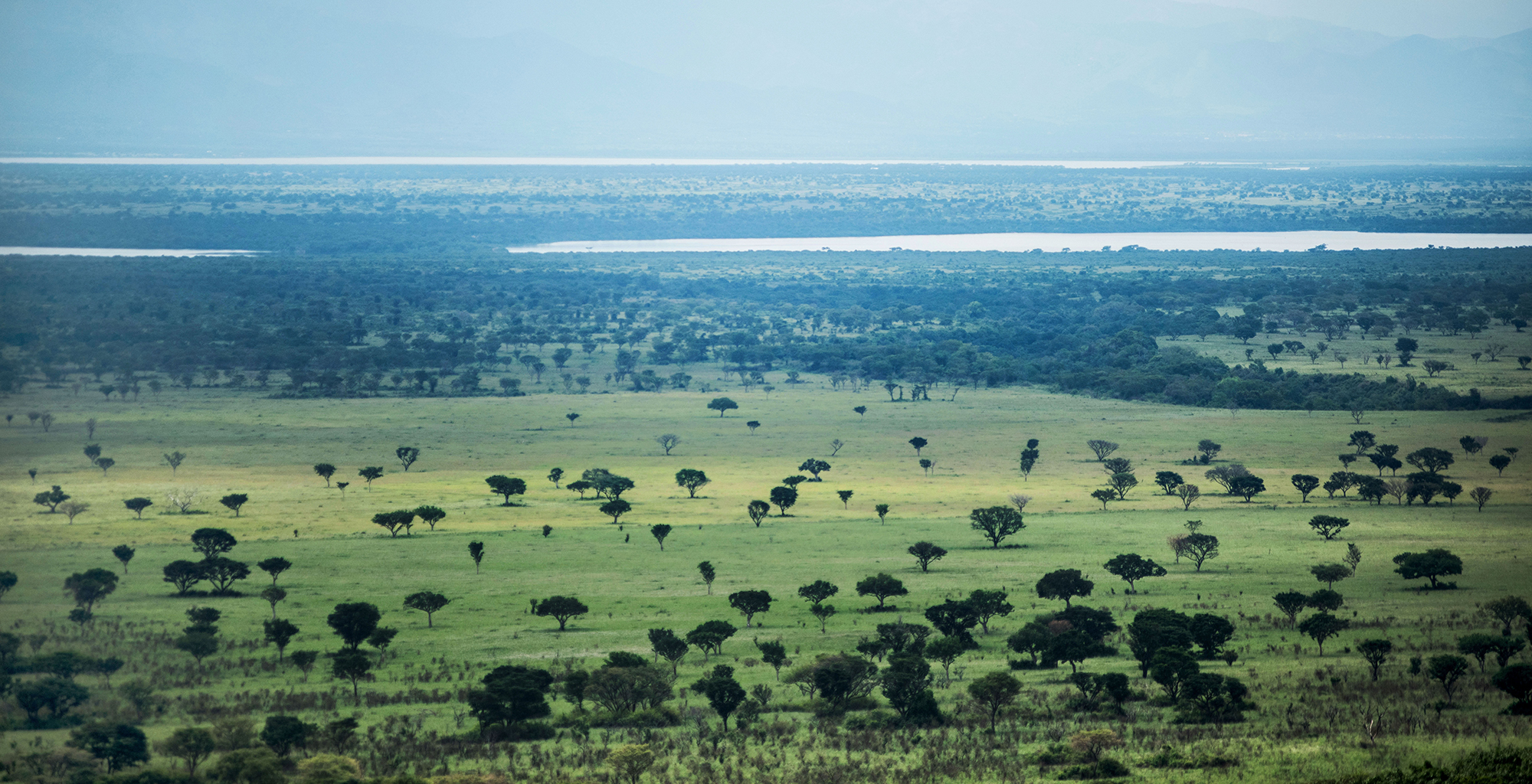
Queen Elizabeth National Park
Queen Elizabeth National Park is understandably Uganda’s most popular tourist destination. The park’s diverse ecosystems, which include sprawling savanna, shady, humid forests, sparkling lakes, and fertile wetlands, make it the ideal habitat for a classic big game, ten primate species including chimpanzees, and over 600 species of birds.
Set against the backdrop of the jagged Rwenzori Mountains, the park’s magnificent vistas include dozens of enormous craters carved dramatically into rolling green hills, panoramic views of the Kazinga Channel with its banks lined with hippos, buffalo, and elephants, and the endless Ishasha plains, whose fig trees hide lions ready to pounce on herds of unsuspecting Uganda kob.
As well as its outstanding wildlife attractions, Queen Elizabeth National Park has a fascinating cultural history. There are many opportunities for visitors to meet the local communities and enjoy storytelling, dance, music, and more. The gazetting of the park has ensured the conservation of its ecosystems, which in turn benefits the surrounding communities.
Bwindi Impenetrable National Park
Bwindi Impenetrable National Park lies in southwestern Uganda on the edge of the Rift Valley. Its mist-covered hillsides are blanketed by one of Uganda’s oldest and most biologically diverse rain forests, which dates back over 25,000 years and contains almost 400 species of plants.
More famously, this “impenetrable forest” also protects an estimated 459 mountain gorillas – roughly half of the world’s population, including several habituated groups, which can be tracked.
This biologically diverse region also provides shelter to a further 120 mammals, including several primate species such as baboons and chimpanzees, as well as elephants and antelopes. There are around 350 species of birds hosted in this forest, including 23 Albertine Rift endemics.
Bwindi is a home to atleast 200 butterfly species including the eight albertine rift endemics.Also a home to many reptiles. Spread over a series of steep ridges and valleys, Bwindi is the source of five major rivers, which flow into Lake Edward.

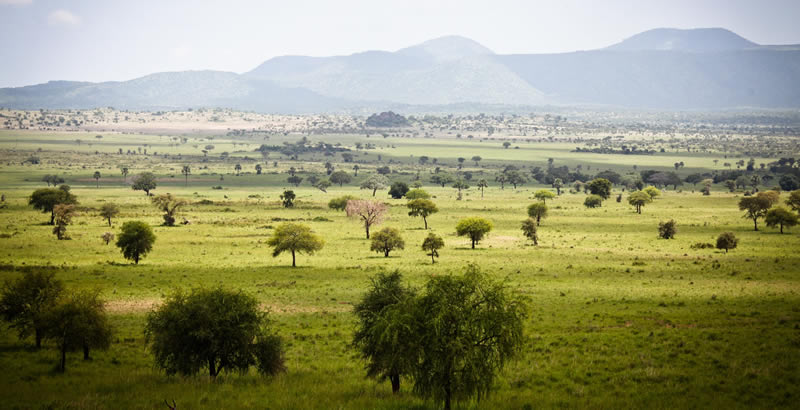
Kidepo Valley National Park
Kidepo Valley National Park lies in the rugged, semi arid valleys between Uganda’s borders with south Sudan in the north west and only 5km from the eastern border of Kenya, some 700km from Kampala. Gazetted as a national park in 1962, it has a profusion of big game and hosts over 77 mammal species.
Kidepo is Uganda’s most isolated national park, but the few who make the long journey north through the wild frontier region of Karamoja would agree that it is also the most magnificent, for Kidepo ranks among Africa’s finest wildernesses.
From Apoka, in the heart of the park, a savannah landscape extends far beyond the gazetted area, towards horizons outlined by distant mountain ranges.
During the dry season, the only permanent water in the park is found in wetlands and remnant pools in the broad Narus Valley near Apoka. These seasonal oases, combined with the open, savannah terrain, make the Narus Valley the park’s prime game viewing location especially with its dense populations of Lion,Buffalos, Elephant and many similar angulates.
Mgahinga Gorilla National Park
Mgahinga Gorilla National Park sits high in the clouds, at an altitude of between 2,227m and 4,127m. As its name suggests, it was created to protect the rare mountain gorillas that inhabit its dense forests, and it is also an important habitat for the endangered golden monkey.
As well as being important for wildlife, the park also has a huge cultural significance, in particular for the indigenous Batwa pygmies. This tribe of hunter-gatherers was the forest’s “first people”, and their ancient knowledge of its secrets remains unrivaled.
Mgahinga’s most striking features are its three conical, extinct volcanoes, part of the spectacular Virunga Range that lies along the border region of Uganda, Congo, and Rwanda. Mgahinga forms part of the much larger Virunga Conservation Area which includes adjacent parks in these countries.
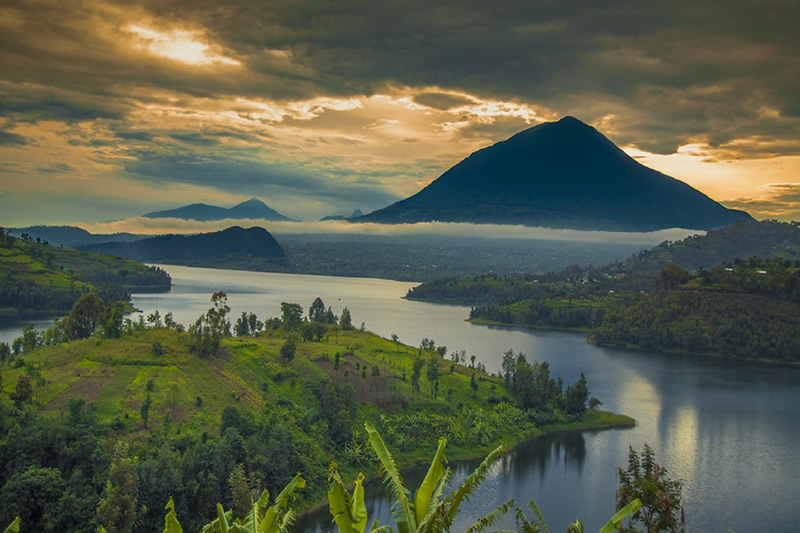
The volcanoes’ slopes contain various ecosystems and are biologically diverse, and their peaks provide a striking backdrop to this gorgeous scenery.
Mgahinga boasts of over 76 mammals which include elephants, giant forest hog, bush pigs,bush back. Buffalos, leopards, A bird checklist of over 180 species including the 14 endemic Albertine rift notably the Kivu ground thrush and turaco.
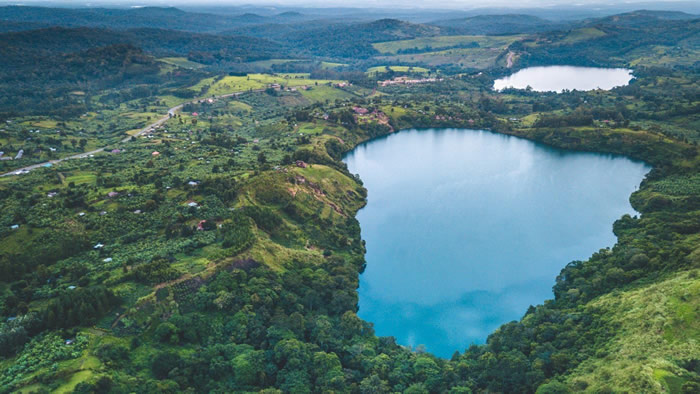
Kibale National Park
Kibale National Park is in the western part of Uganda about 348km (5 hrs drive) from Kampala and about 26km south-east of the beautiful Fort Portal town – one of Uganda’s most lovely places to explore.
Kibale’s most popular activity is the Kanyanchu Primate Walk. Thirteen species can be sought, and a good variety of diurnal monkeys invariably encountered, but the stars of this twice-daily show are chimpanzees.
Kibale National Park accommodates Lhotse’s monkey, red colobus monkeys, black and white colobus, red tailed monkeys, blue monkeys, olive baboon, golden cats, red & blue duikers, Bush baby alongside a variety of birds.
Buffalos, leopards, elephants are also present, a large number of reptiles and butterflies are also there though hardly seen. Kibale is one of the best safari destinations in Africa for chimpanzee tracking and other primates coupled with the most beautiful tropical rainforest. It has a pleasant climate almost throughout the year, the wettest area being the north of the park receiving an average annual rainfall of about 1700mm especially in March-May and September-November.
Ziwa Rhino Sanctuary
The Ziwa Rhino Sanctuary protects Uganda’s only wild rhinos and is located just north of Kampala near the famous Murchison Falls. In total, the sanctuary protects 15 rhinos and is also a fantastic place to see other wildlife.
Enjoy bird watching, nature walks, relaxing, and of course finding and watching the rhinos. The rangers of the sanctuary will guide you around the reserve to find the wildlife, including the rhinos themselves, crocodiles, hippos, antelopes and much more.
Birders often enjoy the reserve and spend time finding some of the 250 different species. You can find some fascinating birds within the sanctuary boundaries, including a number of rare species.
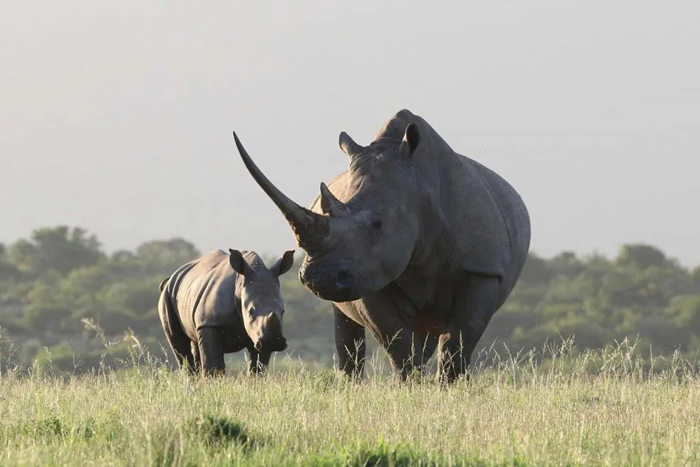
The sanctuary was founded by various wildlife and conservation organizations in an attempt to restore Uganda’s rhinoceros population. The sanctuary protects rhinos while they breed and grow. They are then re-introduced into Uganda’s protected areas, such as Queen Elizabeth National Park. While awaiting their reintroduction, visitors can enjoy seeing these remarkable animals while helping to spread the importance of rhino conservation in the country. A total of 80 rangers and guards watch over the sanctuary day and night to maintain the animals’ safety.
